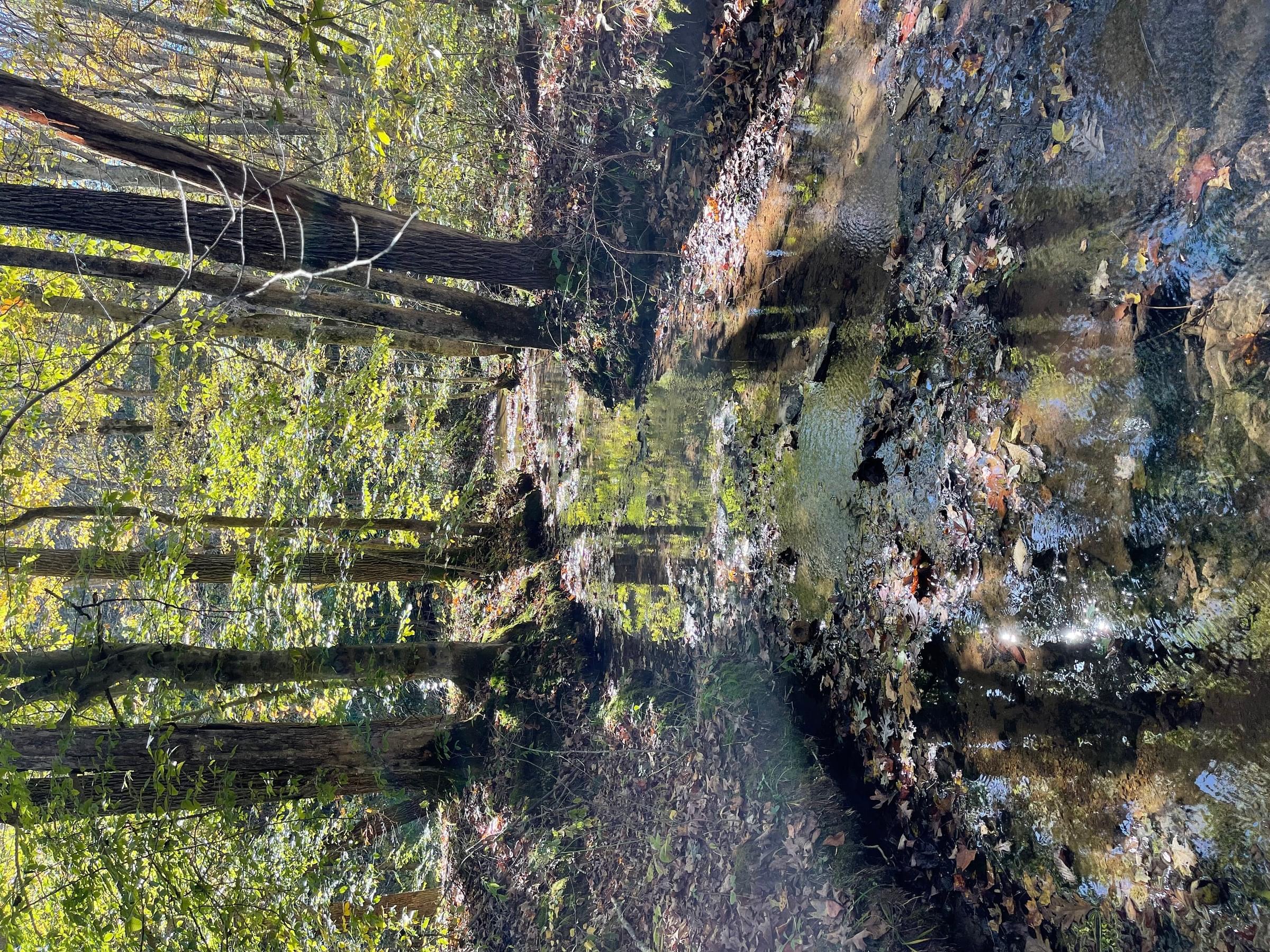Dry Fork Gorge County Park

Dry Fork Gorge County Park
Edmonton, Kentucky 42129
Official WebsiteDry Fork Gorge County Park webpage
Tips for Birding
Check out the brushy habitat around the parking area and walk the trail through the gorge.
Birds of Interest
Neotropical migrants.
About this Location
The Dry Fork Gorge encompasses 80 acres.
This gorge protects important karst topography and underground water resources and is headwaters of the little Barren River which drains into the Barren River and ultimately drains into the Green River. It lies within the boundaries of the International Bioreserve area of Mammoth Cave and four caves and seven springs are located in the gorge. Professionals from Mammoth Cave National Park indicate it has a very rich and diverse cave invertebrate fauna. It also has rich terrestrial forest habitats as more than 461 plant species observed including many Appalachian species that are at the edge of their range. Some of the forest is approaching old growth. Four distinct forest types have been observed including riparian forest, calcareous mesophytic forest, dry calcareous forest, and acid mesophytic forest. Uncommon to rare species include southern barrens lovegrass, noseburn, ginseng, western wood sorrel, and the state special concern white walnut. The riparian forest, streambank, and associated terrace communities are young and re-growing and are dominated by black walnut, tuliptree, box elder, sugar maple, and sweet buckeye. Because these areas were grazed or cut repeatedly in the past, it has a large amount of tree of heaven and weedy wildflowers such as peavine, harbinger of spring, white snakeroot, spreading waterleaf, Christmas fern, blue violet, and trilobed coneflower. Calcareous mesophytic forest, which is much older and has fewer alien species, occurs on the lower slopes and benches. It is dominated by sugar maple with tuliptree, northern red oak, and white ash and an understory of wild hydrangea, paw paw, spicebush, bladdernut, hop hornbeam and leatherwood. This community type has a rich spring flower display including wild ginger, yellow trout lily, dolls eye’s, spreading waterleaf, woodland phlox, foam flower, and large flowered trillium. Dry calcareous forest occurs on steep rocky slopes and is dominated by sugar maple, white and chinquapin oak, white ash, shagbark hickory with shumard oak and bitternut hickory, slippery elm and blue ash as associates. Understory species include redbud, spicebush, hophornbeam, and coralberry with jack in pulpit, spring beauty, sessile trillium, shooting star, wild comfrey, yellow trout lily, and woodland phlox in the herbaceous layer. On the gentle upper slopes and ridges, large American beech and white oak with sugar maple, tulip poplar and black oak dominate the acid mesophytic forest. Paw paw, hophornbeam and leatherwood are common understory species. Rockshelters protect habitat for the federally endangered gray bat.
Notable Trails
An unmarked foot trail that provides an approximately 2.5 mile hike. There are three creek crossings without bridges. In the winter and spring and after heavy rain, the water runs fast and high. Hikers should be prepared to get their feet wet. Hikers are encouraged to remain on
trail, as the terrain off trail can be steep and slippery.
Features
Restrooms on site
Wheelchair accessible trail
Entrance fee
Roadside viewing
Content from Official Website and Dry Fork Gorge County Park webpage
Last updated October 21, 2023